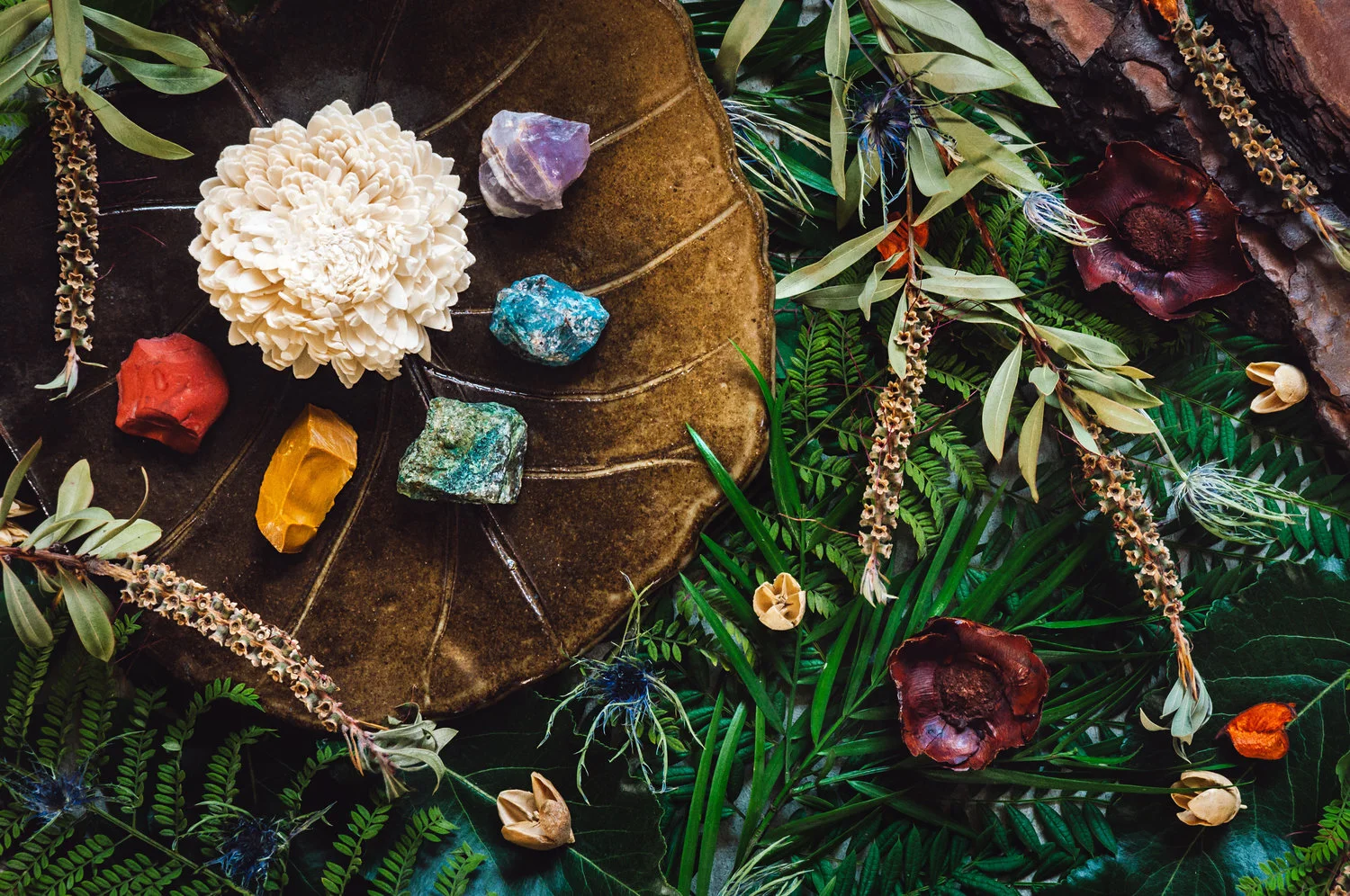Say Hello to the Manomaya kosha, the third sheath/layer of our being: The Mental Body.
Within this kosha is where we imagine, and dream. This kosha is comprised of our thoughts, our feelings and emotions. It is the part of you that creates meaning out of the world you inhabit and is one of the most challenging layers to transcend, because it’s where we feel and experience everything.
Just as our annamaya kosha (physical body) has layers: of skin, fat, tissue, muscle, blood and bones, so to does our mental body; the most superficial layer comprises passing thoughts, perceptions, images and emotions.
Our thoughts and perceptions have the ability to construct or destroy, therefore many of us swing like a pendulum from happiness to suffering, attaching or identifying with every thought, feeling and emotion. Naturally, the central goal here is FREEDOM. Freedom from the fixation we have on our thoughts and feelings.
There are many aparigraha (non attachment) exercises or practices that can offer us this freedom. You will find that much of these practices are incorporated into your yoga classes.
MANTRA:
At the start of a class we will usually have you set yourself an intention/affirmation or a mantra that you can use to bring your awareness back to, as your mind begins to wander. In Sanskrit ‘Mantra’ translates as ‘Man’ meaning mind and ‘Tra’, meaning tool. Mantra or affirmations are one of the most effective tools we can use to transcend and purify the mind. This is a basic use of mantra, if you wish to deepen Your mantra practice I suggest the following:
Find a quiet space where you will not be disturbed. Light incense or candles, to cleanse the space. Find a comfortable seated position, sitting either on a cushion or bolster to raise the hips higher than the knees. Mantra's can either be vocalised or recited silently. Mala beads may also be helpful to count the mantra repetitions. When you first begin the practice you may start off with fewer repetitions, building up to 108 repetitions. Mantra is best practised in the twilight hours - a reflective time to pause, find stillness and take the time to transition into and out of your day. Don’t have a mantra ? You can listen to one of my favourites here: guru mantra:
guru brahma, guru vishnu, guru devo maheshwarah
guru sakshat, param brahma, tasmai shri guravay namah
This ancient Sanskrit chant to the guru, the remover of darkness, illuminates and reminds us that we hold the keys to our own happiness internally.
SELF INQUIRY:
This little exercise can be practiced anywhere at anytime, in fact I encourage you to do this in a place where you’re likely to be disturbed in someway. The goal is to watch your thoughts, see if you identify with them in an unhealthy way, or whether you can witness these thoughts without attachment. For example; if someone pushes in front of you, or cuts you off on the road - what are your immediate thoughts and feelings? Do you even have a reaction?
This next self inquiry exercise is adapted from an exercise developed by the spiritual teacher Byron Katie. Think about a situation in your life that is charged in some way. Write down each of your thoughts about it. One by one, consider each thought and ask yourself, "How would I be or feel without this thought?" Begin to observe how you are breathing, witness your energy, and your mental experience shift. Now, consciously replace the thought with one that feels empowering and real—such as "I am free to choose my perspective" or "There are other ways this can be viewed." Now notice whether this new thought brings greater spaciousness to your mind.
I really encourage you to do this regularly. When you change your beliefs, or become mindful of your habitual reactions to unpleasant emotions, you actually alter the neurochemistry and the structure of your brain.
PRATYAHARA:
A Sanskrit term meaning ‘withdrawal of the senses’. We live in a world of sensory overload. Pratyahara offers us a haven of silence and freedom. It’s very possible that you have practiced this in each class during Savasana (relaxation). During the second stage of savasana, you are withdrawing from the external world without losing contact with it. Here you still register input from your sense organs but you don’t respond to that input. You can follow my guided pratyahara meditation here
MUDRA
Another fantastic way to prepare for pratyahara is by using Shanmukhi mudra, which is the practice of closing the “six gates” or sense organs of the head. The gates refer to the areas where prana comes in and goes out. There are a few variations, but I was taught like this: with your open palms towards your face and elbows level with your shoulders, place the thumbs over your ears. Next, gently close the eyes with your index fingers, middle fingers connect to either side of the nostrils, and the ring and little fingers are above and below the lips. Allow the nostrils to slightly open for gentle inhales/exhales, closing the flow for a few seconds between breaths. While in the silence, draw the awareness inward. Listen for sounds, feelings, and visions in the body. I find it most beneficial to practice Shanmukhi mudra after asana and pranayama and as a preparation for meditation.










